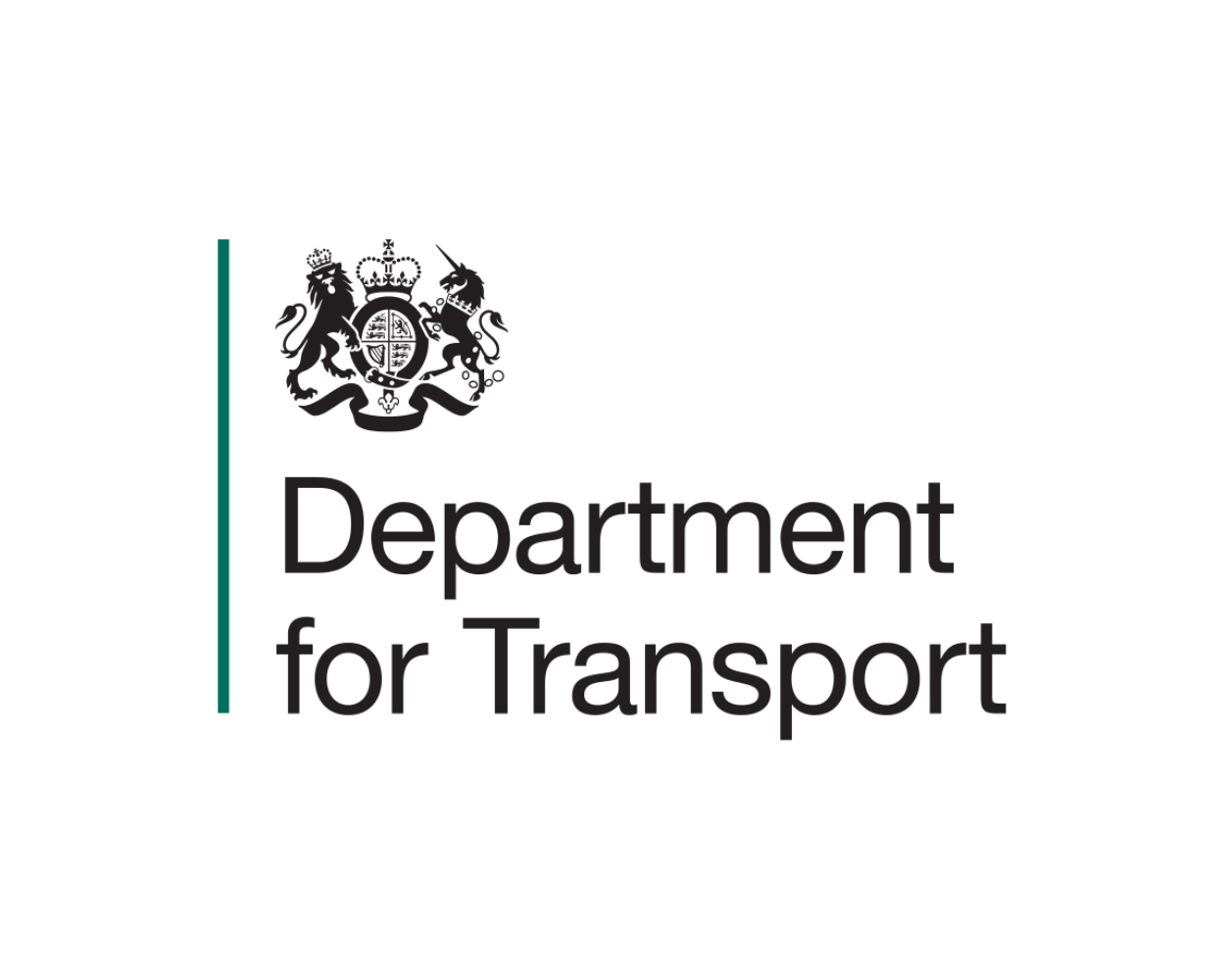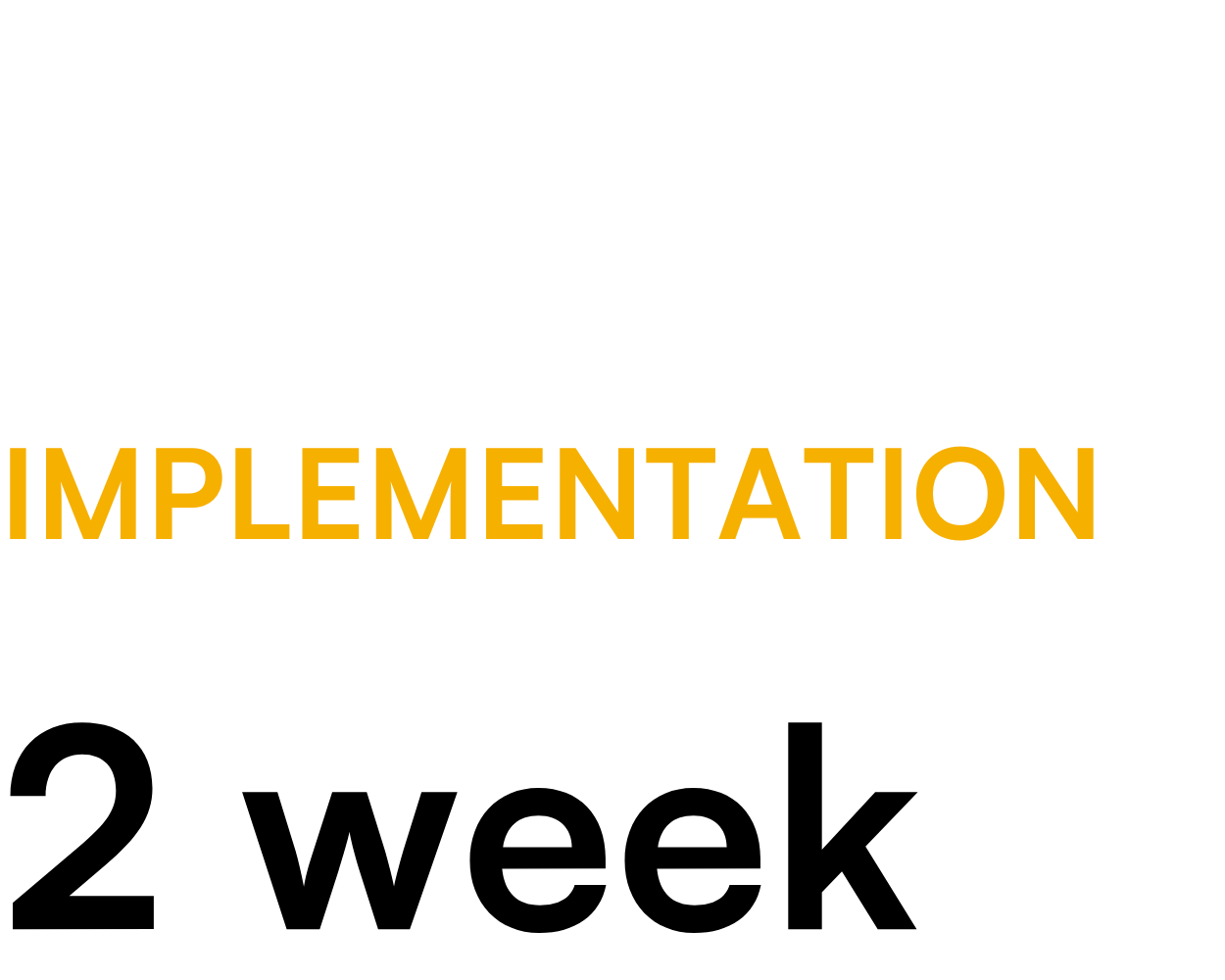The brief
The Department for Transport (DfT) was mandated to roll out Microsoft sensitivity labelling across the department as part of a cross-Government initiative led by the Cabinet Office.
This change affected all c.4,000 employees within Department for Transport and required all emails and Office documents to be classified using Microsoft labelling before sending or saving. On average, over 300,000 emails are sent each month across DfT.
Understanding the impact of encryption and handling instructions posed challenges, particularly in integrating with a wide range of DfT systems. We also expected resistance to the change due to user concerns over additional administrative requirements and technical issues.
To ensure a smooth transition, DfT needed a structured yet flexible change management approach. This included piloting the change before full rollout, consistent stakeholder engagement and developing clear training, support and guidance.
Leading on a two-phased rollout programme
Our change team led a two-phased rollout programme: the first stage focused on the pilot and the second on the full departmental rollout.
Pilot phase
Our team expanded the original pilot scope from a Corporate Delivery Group (CDG)-only approach to a DfT-wide phased pilot, ensuring broader representation and more reliable insights. Through risk assessments, participant engagement and structured training, the team identified key technical and adoption challenges early. This allowed time for adjustments before full rollout, preventing issues from becoming more widespread.
We conducted pre- and post-pilot surveys and used the feedback to assess user experience, capture lessons learnt to refine the rollout strategy, and implement improvements in training and support materials. Building on the findings of the pilot, including the identification of issues with Microsoft encryption, the team was able to develop an implementation change approach that ultimately resulted in the successful rollout of the sensitivity labelling programme to the whole of DfT.
Full rollout
Our change team developed and executed a comprehensive strategy to deliver the change across the Department. The strategy included a structured change plan, communications and engagement initiatives, online learning and development resources, and risk assessments. We also provided extensive rollout support, established a hypercare period for issue resolution, and initiated a lessons learnt process to inform future change initiatives. Key lessons included securing Service Desk readiness before go-live, using centralised project tracking tools, and creating comprehensive communication and engagement plans to ensure stakeholder understanding of the change – supported by daily stand-ups.
Engaging stakeholders and building awareness
We prioritised a collaborative approach, working closely with senior leadership, IT cloud team and frontline staff to ensure success. We engaged stakeholders and built awareness by designing and implementing a comprehensive multi-channel communications plan to ensure maximum reach and boost the effectiveness of our stakeholder engagement. This ranged from internal updates to guidance, and from My DfT articles to attendance at cascades throughout the whole of DfT. We also created bespoke VIP engagement plans for senior leaders, including one-pagers and prepared lines to take to senior meetings, securing leadership buy-in and support at all levels. Alongside this, we developed a rollback comms plan in case of major issues requiring project adjustments.
We developed training, guidance and support materials, creating a full suite of learning and development resources. These included updated guidance on MyDfT with practical examples, self-test quizzes to check understanding, e-learning modules on SuccessFactors (the DfT training portal), and FAQs.
We conducted change risk and readiness assessments to ensure the business was prepared to accept the change, and undertook proactive risk mitigation. One key outcome was being able to identify encryption challenges early which prevented major rollout disruptions. We identified additional key risks for rollout, including lack of user understanding, and led a ‘Go/No-Go’ workshop to confirm readiness before rollout.
We provided rollout and hypercare support. Our two-week post-go-live hypercare period included daily drop-in clinics, inbox monitoring for rapid response, floorwalker support in key office locations, and daily issue tracking and resolution. We reviewed data post rollout and identified key trends (e.g. overuse of UNMARKED label and incorrect information in the PowerBI dashboard) to enable required fixes (e.g. improved Service Desk processes and provision of additional guidance).
Achieving successful department-wide implementation
Overall, we delivered the change successfully across the whole Department; only 22 incidents were recorded by the helpdesk during 2 weeks of rollout and hyper care. We also increased awareness and adoption to embed Microsoft sensitivity labelling as standard practice across DfT, helping the department to realise all their sensitivity labelling goals. Alongside these achievements, we additionally improved incident monitoring and strengthened Service Desk issue tracking along with dashboard visibility.
But don’t just take our word for it – see what our client had to say below.










